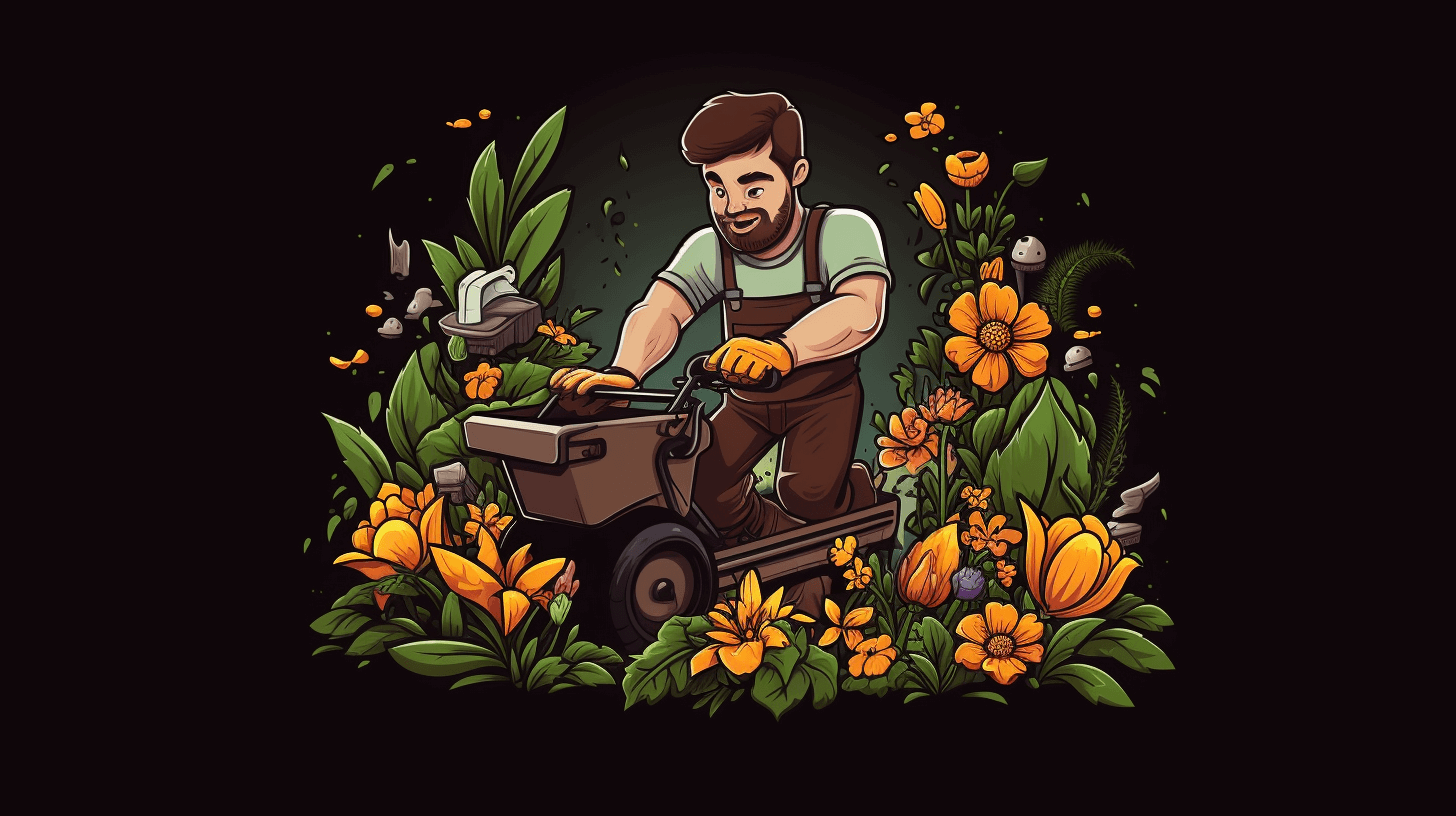
Understanding the Difference Between a Tiller and A Cultivator
Gardening enthusiasts often come across the terms “tiller” and “cultivator,” but understanding their differences is crucial for effective soil preparation and gardening success. In this article, we will explore the distinctions between tillers and cultivators, their specific roles in gardening, and how to choose the right tool for your needs.

What is a Tiller?
Tillers are powerful garden tools designed for breaking up compacted soil and preparing it for planting. They feature robust engines or motors and sturdy tines that dig deep into the ground, helping to aerate the soil and create a suitable bed for seeds or plants. Tillers are commonly used for larger gardening areas, such as vegetable gardens, flower beds, or large plots of land.
What is a Cultivator?
Cultivators, on the other hand, are lighter and more maneuverable tools used for soil cultivation and weed control. They are designed for maintaining existing garden beds, mixing amendments into the soil, and removing weeds. Cultivators typically have smaller engines or electric motors and come with rotating tines or blades. Their primary purpose is to loosen the top layer of soil without disturbing the deeper layers.
Key Differences Between Tillers and Cultivators
Tilling Depth and Soil Preparation Capabilities:
- Tillers: Tillers are capable of reaching greater depths, often up to 10-12 inches, allowing for thorough soil preparation and deep-rooted plant cultivation.
- Cultivators: Cultivators work closer to the surface, typically penetrating around 4-6 inches, making them ideal for surface-level tasks like weeding, light tilling, and mixing amendments.
Power Source and Operation:
- Tillers: Tillers are available in gas-powered or electric models. Gas-powered tillers offer more power for challenging soil conditions, while electric tillers are quieter, emit no fumes, and require less maintenance.
- Cultivators: Cultivators are usually electric-powered or operate manually, offering ease of use, quieter operation, and eco-friendly advantages.
Size, Weight, and Maneuverability:
- Tillers: Tillers tend to be larger, heavier, and require more physical strength to handle. They are suitable for larger gardening areas where maneuverability is not a significant concern.
- Cultivators: Cultivators are compact, lightweight, and easy to maneuver, making them ideal for small to medium-sized gardens or tight spaces.
Versatility and Suitability for Different Garden Sizes:
- Tillers: Tillers are versatile and can handle various tasks, including soil preparation for large-scale gardens, breaking new ground, and incorporating amendments.
- Cultivators: Cultivators excel in maintaining existing garden beds, controlling weeds, and performing light soil cultivation tasks in smaller gardens or raised beds.
Choosing the Right Tool for Your Garden
To select the appropriate tool for your gardening needs, consider the following factors:
- Assess your gardening goals, such as starting a new garden or maintaining an existing one.
- Evaluate the size and type of your garden, including the soil condition and the tasks you need to accomplish.
- Match the tool features to your specific requirements, such as tilling depth, power source, maneuverability, and ease of use.
Maintenance and Safety Tips
To ensure the longevity and safe operation of your tiller or cultivator, follow these guidelines:
- Regularly clean and inspect the tool for any signs of damage or wear.
- Keep the blades or tines sharp and properly adjusted.
- Follow manufacturer’s instructions for maintenance, including oil changes, filter replacements, and lubrication.
- Practice proper safety precautions, such as wearing protective gear and avoiding loose clothing during operation.
Conclusion
In conclusion, understanding the difference between tillers and cultivators is essential for selecting the right tool to achieve your gardening goals. Tillers excel in deep soil preparation, while cultivators are ideal for surface-level cultivation and weed control. Consider your garden size, tasks, and specific needs to make an informed choice. By choosing the appropriate tool and following proper maintenance and safety practices, you can enjoy successful gardening results and a thriving garden.
FAQs
Q1. Can I use a tiller for small garden beds?
While tillers are powerful and capable of handling larger areas, they can be used in smaller garden beds as well. However, for more precision and maneuverability, a cultivator may be a better choice.
Q2. Can a cultivator be used for breaking new ground?
Cultivators are more suitable for maintaining existing garden beds and light soil cultivation. Breaking new ground is typically better accomplished with a tiller, especially for compacted or uncultivated soil.
Q3. Are electric tillers as effective as gas-powered ones?
Electric tillers are efficient for most home gardening needs, but gas-powered tillers offer more power for challenging soil conditions or larger-scale projects.
Q4. How often should I sharpen the blades of my cultivator?
The frequency of blade sharpening depends on usage and the condition of the soil. As a general guideline, check and sharpen the blades annually or when you notice a decline in performance.
Q5. Are tillers and cultivators safe to use?
With proper usage and adherence to safety precautions, tillers and cultivators are safe tools to use. Always follow the manufacturer’s instructions and wear appropriate safety gear, such as goggles and gloves.
